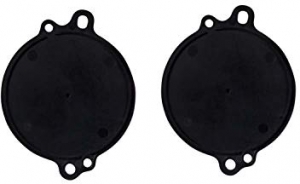-
Welcome to Tacoma World!
You are currently viewing as a guest! To get full-access, you need to register for a FREE account.
As a registered member, you’ll be able to:- Participate in all Tacoma discussion topics
- Communicate privately with other Tacoma owners from around the world
- Post your own photos in our Members Gallery
- Access all special features of the site
Do I need a crossover with these?
Discussion in 'Audio & Video' started by anthony250f, Mar 9, 2017.
Page 2 of 3
Page 2 of 3


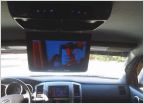 New flip down monitor?
New flip down monitor?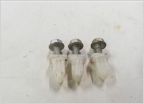 Front Door Speaker Rattle
Front Door Speaker Rattle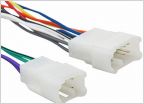 Avic-930bt installed!
Avic-930bt installed! Beat Sonic Plug & Play Amp
Beat Sonic Plug & Play Amp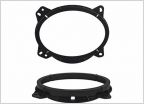 Pioneer AVH-4100NEX Installed! Need speakers.....
Pioneer AVH-4100NEX Installed! Need speakers.....










































